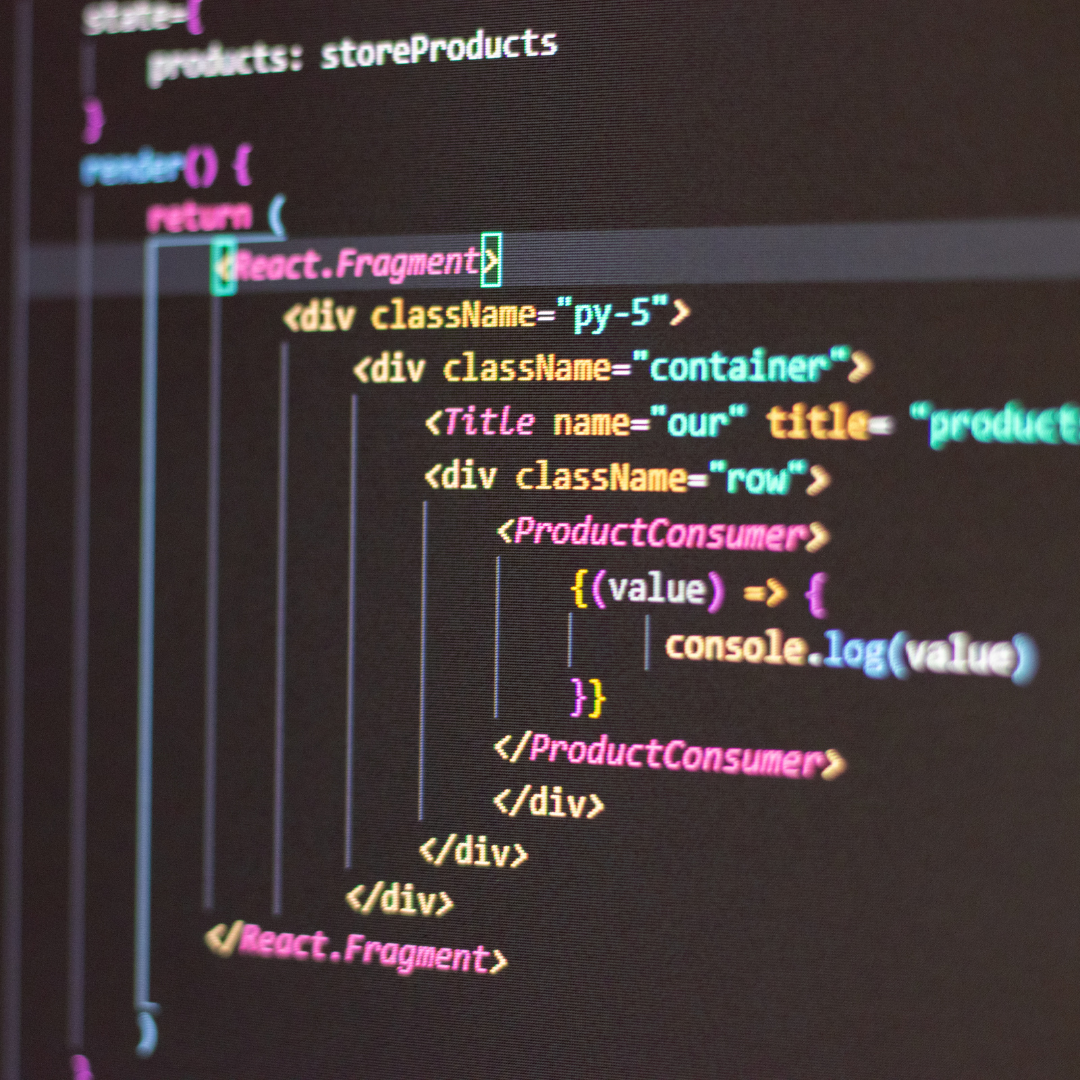Software is everywhere: in cars, phones, computers, and kitchen appliances, to name a few. But what exactly is this software, and how does it work? To most of us, the software is just a set of instructions to be carried out. Yet, software consists of much more than a set of instructions. In programming, for instance, the software can also mean software as in apps. Programs like Microsoft Word and Excel are software applications.
In the realm of programming, software serves as the backbone that orchestrates the functionality of electronic devices. Simply put, software refers to a set of instructions that tell a computer or electronic device how to perform specific tasks. It encompasses everything from operating systems and applications to scripts that automate processes.
However, the significance of programming services extends beyond the realm of traditional computers. As technology advances, the integration of software into various electronics becomes increasingly crucial. Programming services play a pivotal role in crafting the code that breathes life into devices, allowing them to communicate, process information, and execute tasks seamlessly.
To delve deeper into this intricate web of instructions and understand how software harmonizes with hardware, one must explore the fascinating world of integrated circuits. These tiny marvels are the building blocks of electronic devices and encapsulate the intricacies of programming to bring functionality to gadgets we use daily. Learning more about integrated circuits provides a comprehensive understanding of the symbiotic relationship between software and hardware, highlighting the indispensable role of programming services in shaping the technological landscape.
Software in computer programming defines a particular set of instructions that tell the computer what to do. Software is a set of instructions. A program contains the software. Software is like a recipe. A recipe has all the ingredients needed to create the dish. In programming, the software is the main component of other programs.
Who is A Computer Software Programmer?
A computer programmer is someone who creates and runs computer programs. These computer programs are designed to solve a wide range of different problems, including ones related to computers. Companies that develop software applications or provide IT services often hire computer programmers to work on their in-house development teams. This allows them to maintain tight control and oversight on projects.
However, many companies also choose to find developers from an outsourcing firm. Software Outsourcing Companies tend to specialize in providing software developers with skills in various technologies. Outsourcing from such companies can provide several benefits like cost savings, access to specialized expertise, and much more.
The decision to hire in-house programmers versus outsourcing development depends on factors like budget, existing team skills, project complexity, and intellectual property or data sensitivity. Many companies use a hybrid model, building out their own central teams first but outsourcing well-defined components of large projects to trusted software outsourcing partners. This provides flexibility and scalability as workloads change. Careful management is necessary to integrate external and internal programming work into cohesive final products.
There Are Two Types of Software Programming
- Low-level programming – refers to writing code for a particular processor or operating system. It is written to generate machine language.
- The high-level programming language – is Java, a general-purpose programming language. It is developed by Sun Microsystems and is among the first programming languages. The high-level programming language is mostly used for developing applications for desktop computers and servers.
The Types of Software Programming
Software programming is the act of writing code to turn an idea into an application. There are different kinds of programming. Knowing how these languages work and how they relate to each other is the first step to becoming a programmer.
- C# – is one of the more popular programming languages today. It is mostly used in Windows desktop software and mobile apps. C# is also used in Microsoft’s ASP.NET for creating web pages, web services, and web applications. In this course, you will learn C# programming from the ground up. We will start with simple programming with C# and then move to more advanced topics.
- Java – Java is one of the most popular programming languages in the world, and for a good reason. The language offers rapid application development, high portability, and a rich library of classes that make it easy to develop applications that operate across platforms.
- Python – Python is a general-purpose, high-level programming language. The syntax is easy to learn and read, and the language offers constructs for data abstraction, object-oriented programming, and functional programming. Python is widely used in scientific computing, data science, and web development. The programming language, written in high-level, readable code, permits the rapid development and prototyping of interactive applications.
- SQL (Structured Query Language) – SQL is a programming language that is used to fetch different data from databases. SQL is a standardized dialect of query language that is used to create, modify and extract data from databases. SQL is a type of database system that allows computer users to write stored queries in a structured way. It is often employed in the form operators to achieve unique requirements in the development process. For instance, MySQL Operator for Kubernetes provides a feature that allows users to configure and manage MySQL InnoDB Clusters inside of Kubernetes clusters (give this a look if you want to learn more about it). SQL is most commonly used to manage relational databases across different industries.
- JavaScript – JavaScript is a powerful, albeit slightly confusing, programming language, and this guide will help you figure out how it all works. JavaScript is easy to learn, but it’s slow to parse, making it unsuitable for programming games or apps that perform calculations quickly. But JavaScript’s strengths lie in its versatility. It’s extensively used on the web and can be used for a wide range of tasks, including creating interactive user interfaces, coding libraries, and mobile apps.



